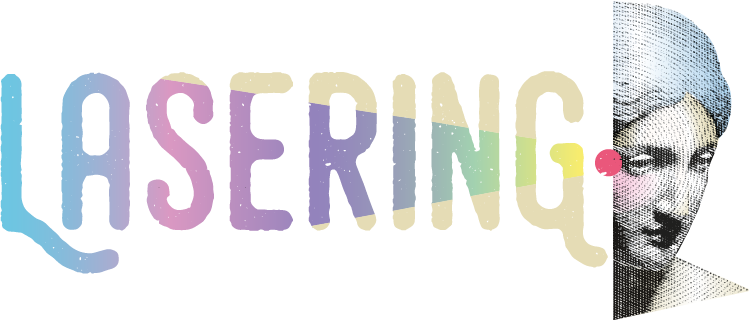
Universidade de Lisboa
Research group: Environment
SCOPUS ID: 24729044500
Amélia Dionísio completed her PhD in Mining Engineering in 2002 (Universidade de Lisboa, Instituto Superior Técnico), with a dissertation on the degradation of stone in historic buildings (the case of Lisbon Cathedral). Her MsC in Georesources was completed in 1998 (Universidade de Lisboa, Instituto Superior Técnico) with a thesis concerning the use of Pedra de Ançã (raw material) in cultural heritage masterpieces. Her Bachelor was attained in 1993 in Mining Engineering (Applied Geology) (Universidade de Lisboa, Instituto Superior Técnico)). She is Assistant Professor in Instituto Superior Técnico, Universidade de Lisboa, since 2002.
Published 61 articles in renowned international journals (h-index of 21; 943 citations Scopus). Has 8 books chapters. Co-supervised 2 PhD thesis and 1 pos-Doc thesis. Supervised 25 MSc dissertations and 5 MsC dissertations are ongoing. In its professional activities interacted with 110 collaborator(s) co-authorship of scientific papers and is a reviewer of scientific articles, in peer-review national and international journal, etc. Participates and/or participated as Researcher in 12 project(s).
She participated in several studies on conservation of Portuguese stone Cultural Heritage, namely the Lisbon Cathedral, the Jeronimos Monastery, the Roman Theatre of Lisbon, the Tower of Belem, the Main Church of Vouzela, the Thermal Hospital of Caldas da Rainha, the Chanterenne Retable at the Church of Santa Cruz in Coimbra, among others. Her scientific activity is mainly within with “Natural and Environmental Sciences” scientific domain, specifically in the scientific area of “Geociences Multidisciplinary”.
Nevertheless, other scientific areas are also involved, such as “Biological Sciences” and “Cultural Heritage” from other branches of scientific domains. Stone Cultural Heritage and Environment interaction, is the main area of scientific activity. The characterization of the components and constructing valid and useful forecasting models and by developing non-destructive techniques, in order to set up adequate and efficient intervention methodologies are the main aims. Several aspects can be referred: (i) Stone decay in cultural heritage: influence of intrinsic properties of stone materials, stone-environment interaction, pathologies, mineral and chemical characterization of stone decay products formed, particularities/ uses of buildings as conditionants of stone degradation. (ii) Conservation of stone in historic buildings: evaluation of efficacy, hramfullness and durability of consolidants, waterreppelents and biocides. (iii) Use/Development/Application of Nanomaterials in stone conservation.
Moreover, the researcher has also two other areas of scientific areas of activity, although with minor representativeness: 1) Promotion of knowledge and sustainable economic value for natural stones, boosting the export capacity and the added value of the Portuguese natural stones (evidenced for example through the participation in the project INOSTONE 4.0). The properties, applications and durability of natural stone applied in Architecture are the main concerns. 2) Microbe-mineral interaction, regarding aspects such as studies in outcrops and subsurface environments, including biomineralization and biogenicity assessment, mineralogical and geochemical characterization of secondary mineral deposits and biodeterioration of stone cultural heritage.

